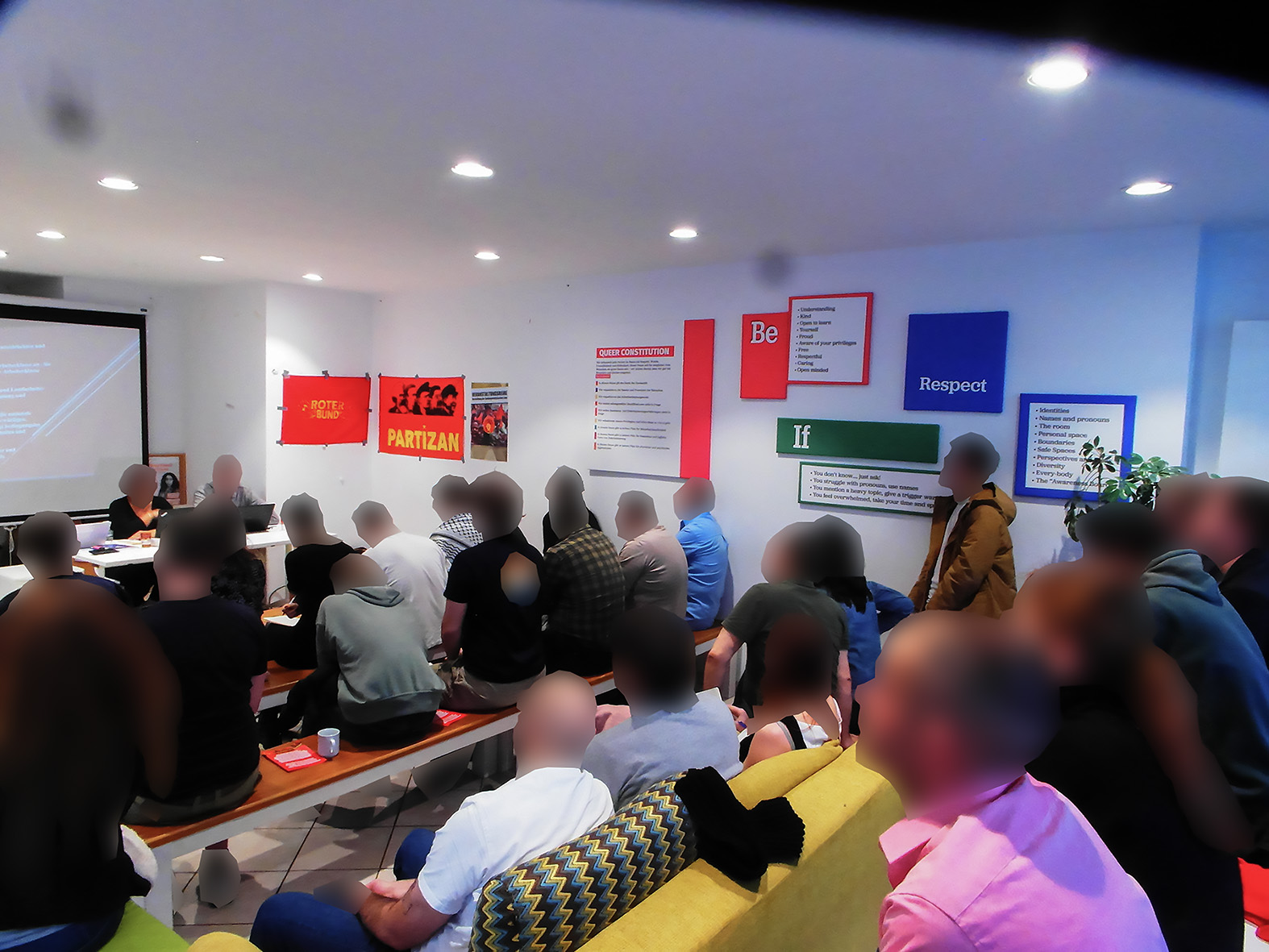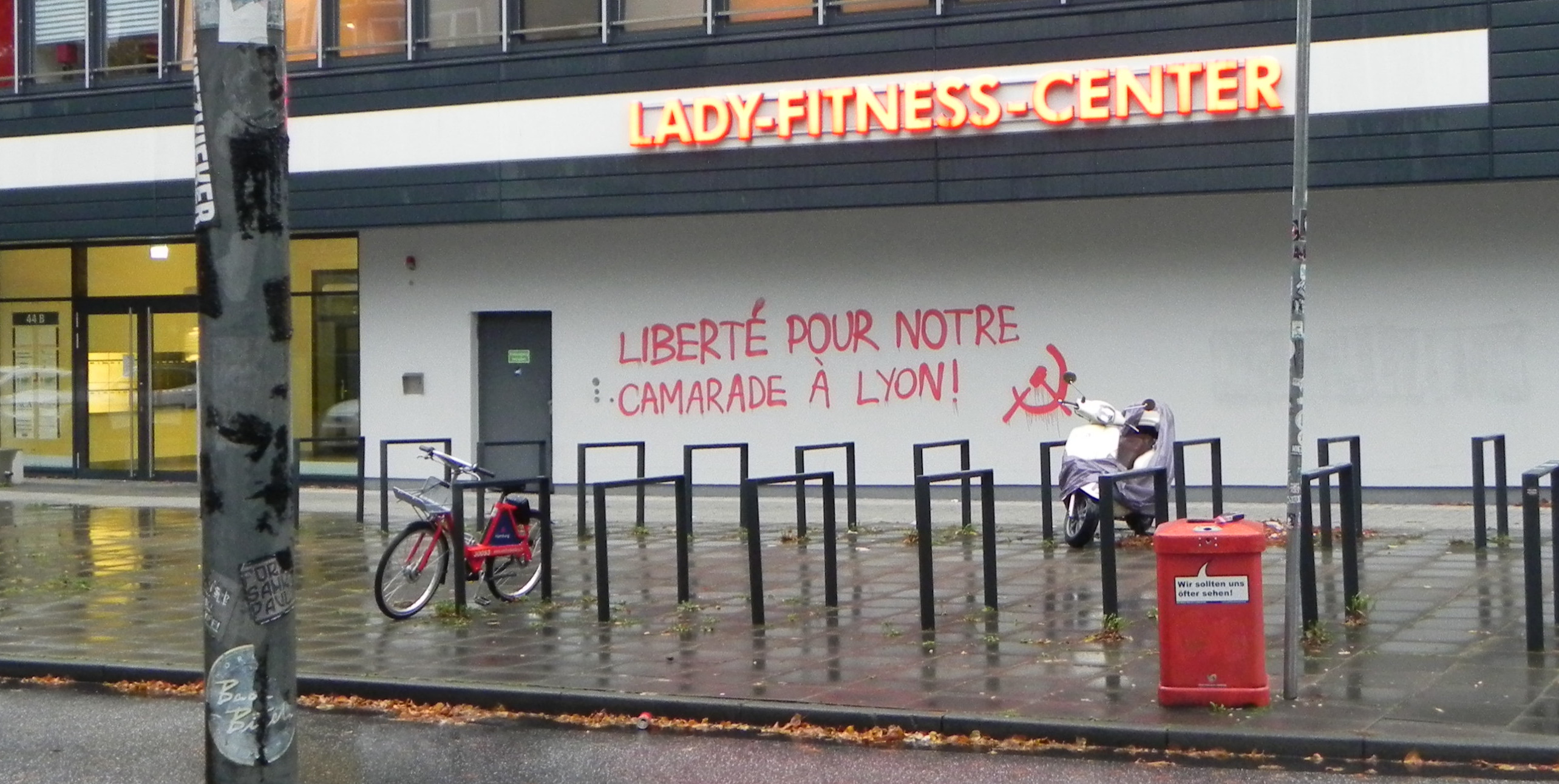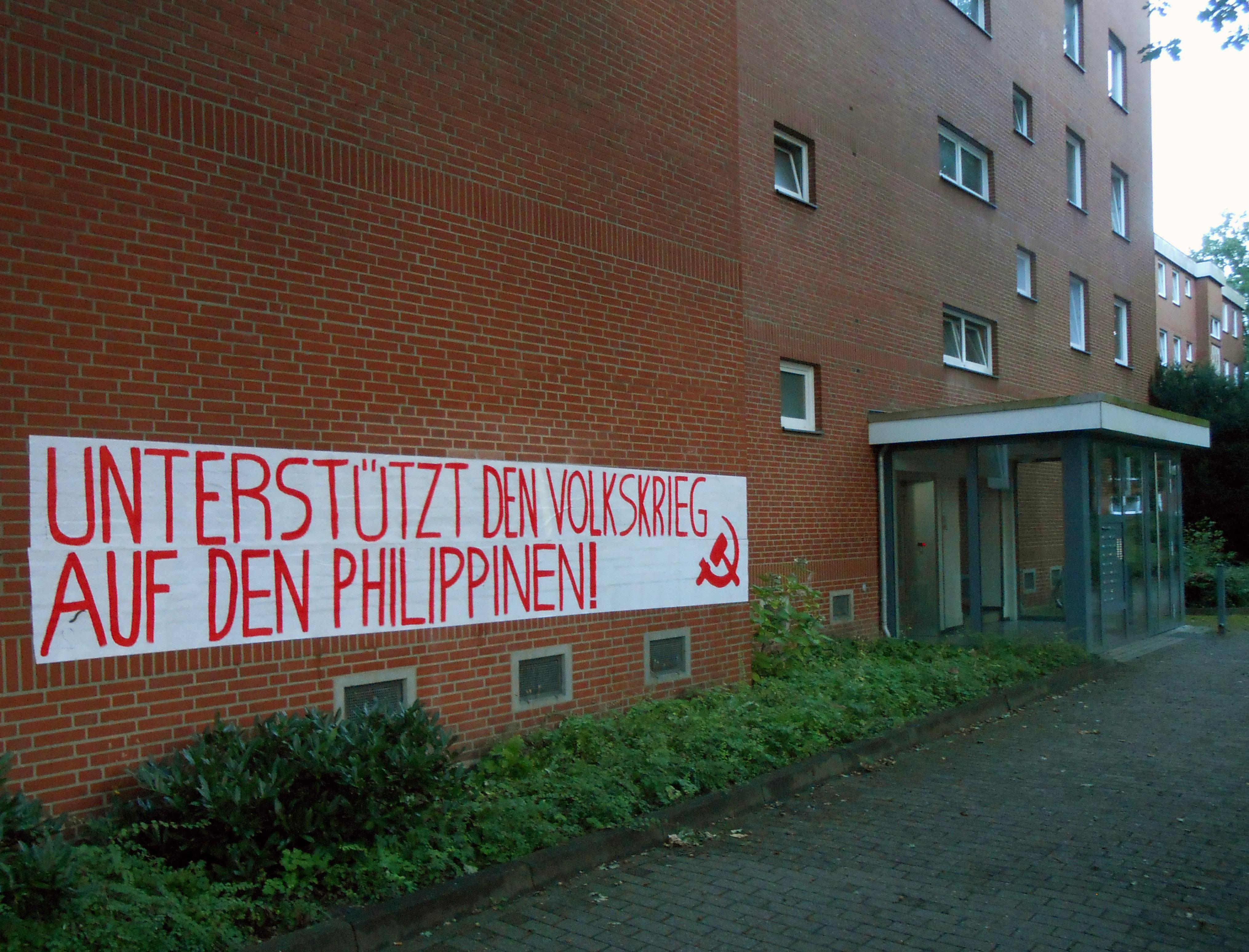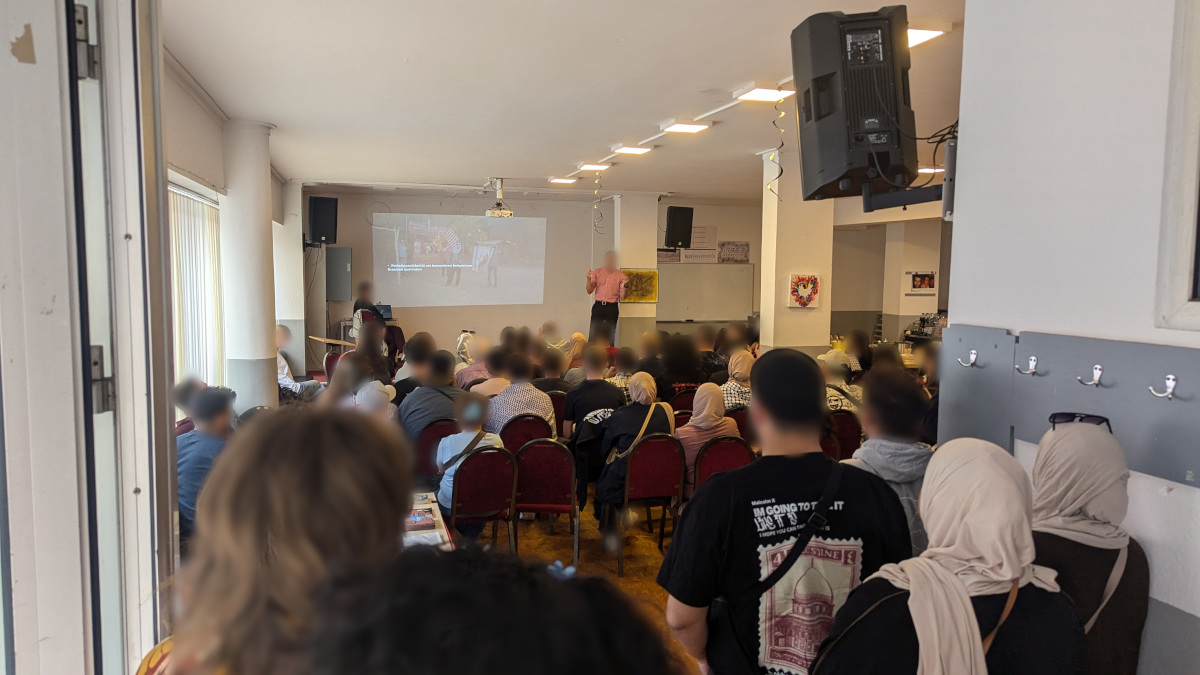Last week a newspaper called „Die Zeit“ published a series of articles on the topic of economic development and economic distribution within the FRG. In connection with this, they even published an essay entitled “The class is back.“ (like, “we have to talk about classes again“, a long time it was normal to avoid the word “class” and talk about shift instead). What we take for granted is apparently a novelty for the bourgeois press. Why is this topic being taken up now of all times?New studies show what has already been stated in “Klassenstandpunkt 17”: The “middle-class” is shrinking and more and more parts of it are slipping into the ranks of the “precarious” and the “poor”. Reason enough to go into this topic again.
Based on the findings of the Bremen research group “Socium, Research Center Inequality and Social Policy”, “Die Zeit” published a long article on February 17th, 21st entitled “Social Inequality - How Wealthy Are You”, with all kinds of Web 2.0 bells and whistles such as an “interactive computer "With which you can calculate yourself which" shift "you are supposed to be in. The central message of the study and the hook of the article is one thing: the “middle class” is shrinking. Or as the scientists put it themselves:
“Descriptive analyzes of the development of social situations since 1984 document a longer-term and structural process of increasing material inequalities, which is shown above all in a polarization of social situations. This finding coincides with the previous results of the poverty and wealth reports, but in the context of the analysis of social situations it is again clearly pointed and concretized. "
“The center is shrinking, the edges are growing.”
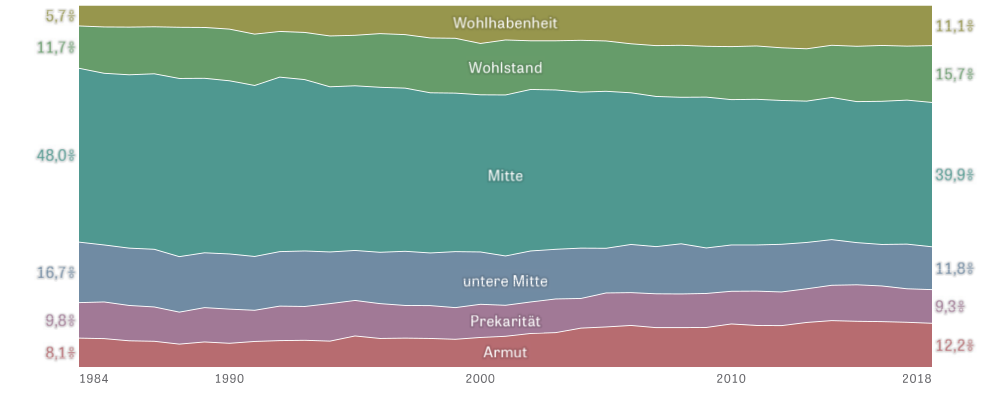
The editors of the Klassenstandpunkt stated in the article “The striving of German imperialism to devolop into a superpower and the crisis of parliamentary democracy” as early as 2019:
“In the FRG a social contract has been implicitly maintained for decades, according to which large sections of the population, even larger sections within the class of the proletariat, are bribed to ensure that they ensure social peace. Here is the motto: Everyone has his house, his family, his home loan and savings contract, his car, his dog and therefore be a good German. Imperialism, however, is rotting, dying and declining capitalism, as Lenin rightly stated, and the economic basis for such extensive bribery by German imperialism is becoming increasingly narrow. The general tendency of the slipping part of the upper and middle classes of the proletariat is thereby further fueled. From the class of the petty bourgeoisie, too, more and more elements are entering the proletariat. International institutions such as the Organization for Economic Co-operation and Development (OECD) have long recognized this and are issuing massive warnings that the stabilizing middle class in the imperialist countries is in the process of dissolving and that this trend is getting faster and faster. […]
The strata that are primarily affected by the changed economic situation (the intensification of the imperialist contradictions and the loss of an economic basis for far-reaching bribery) are the uppermost strata of the proletariat and the petty bourgeoisie, that is, the sections of the population who are loud From a bourgeois point of view, they have so far formed the core of the middle class. […]
Even if in the following the various bourgeois sources present slightly different definitions of who belongs to the middle class, these are essentially congruent and differ primarily in which income limits make up the upper and lower limits. "
In contrast to the OECD report mentioned there, the question of the Bremen study not only looks at income, but also how high the net household income, household assets, the type of income earned (e.g. pensioners, students, workers), the size of the apartment, the Tenancy and the size of the community in which one lives. However, the results do not differ significantly. In this study, too, the “middle class” is portrayed as a ridiculously large amount of society.
In addition to the lowest stratum, “poverty”, the research group also claims to have identified another stratum: the so-called precariat, which is defined, among other things, by the fact that it is between 60 and 80 percent of the median income.
Why do we still use this study and its data? Because even if you try to turn it into beautiful and complicated combinations and twisting numbers, it cannot be denied that “the middle is shrinking, the margins are growing.” The proportion of the “poor” has grown by 50 percent in the comparison period, the proportion of the “ Wealthy “rose from 6 to 11 percent.
While in the 80s the income differences in rural and urban areas were fairly even, the difference is much clearer today: in the city the class differences clash more strongly. There are many more rich and poor people living in cities than in the country. "Women are less likely to be in the top group of the affluent, but they run a greater risk of ending up in poverty."
In addition, the article addresses the question of the failure of the social contract, albeit not explicitly. While 60 percent of the “poor” households surveyed since 1984 were still able to move up to another class in the 1980s, the figure is now only 37 percent. Those who are poor usually remain so and do not make the climb.
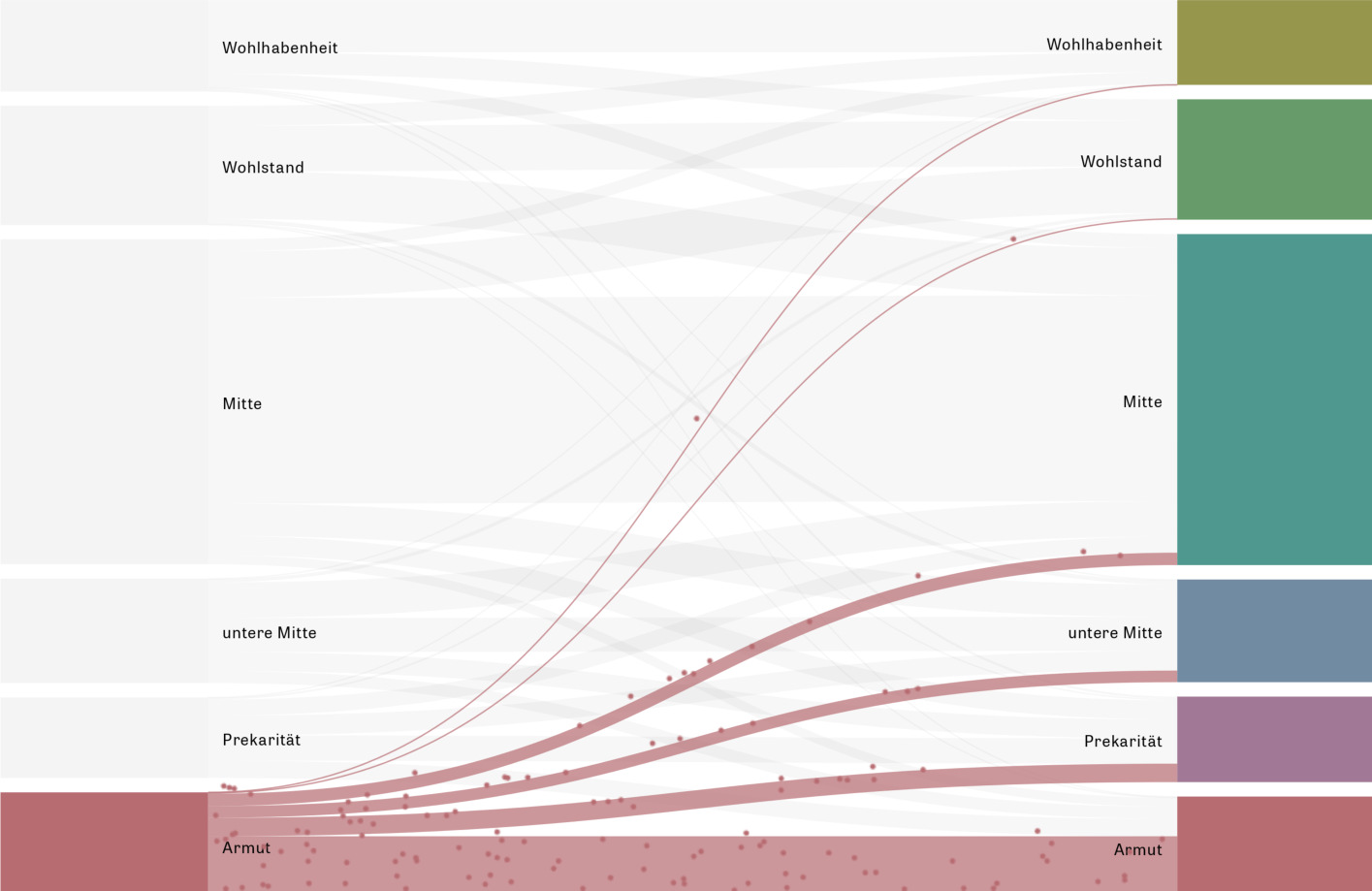
The "situation in which 1) the previous social contract is in the process of being dissolved, 2) the ranks of the proletariat are growing and 3) large sections of the proletariat and petty bourgeoisie who are acutely afraid of slipping" continue to develop and drive the parliamentary crisis System ahead. The “middle class” as a stabilizing factor for German imperialism is getting smaller and smaller. More and more elements are slipping into the proletariat - even after bourgeois studies. Finally, it must be particularly emphasized that the data used in the study come from the period before the Corona crisis, which undoubtedly sharpened the trend described by leaps and bounds.


